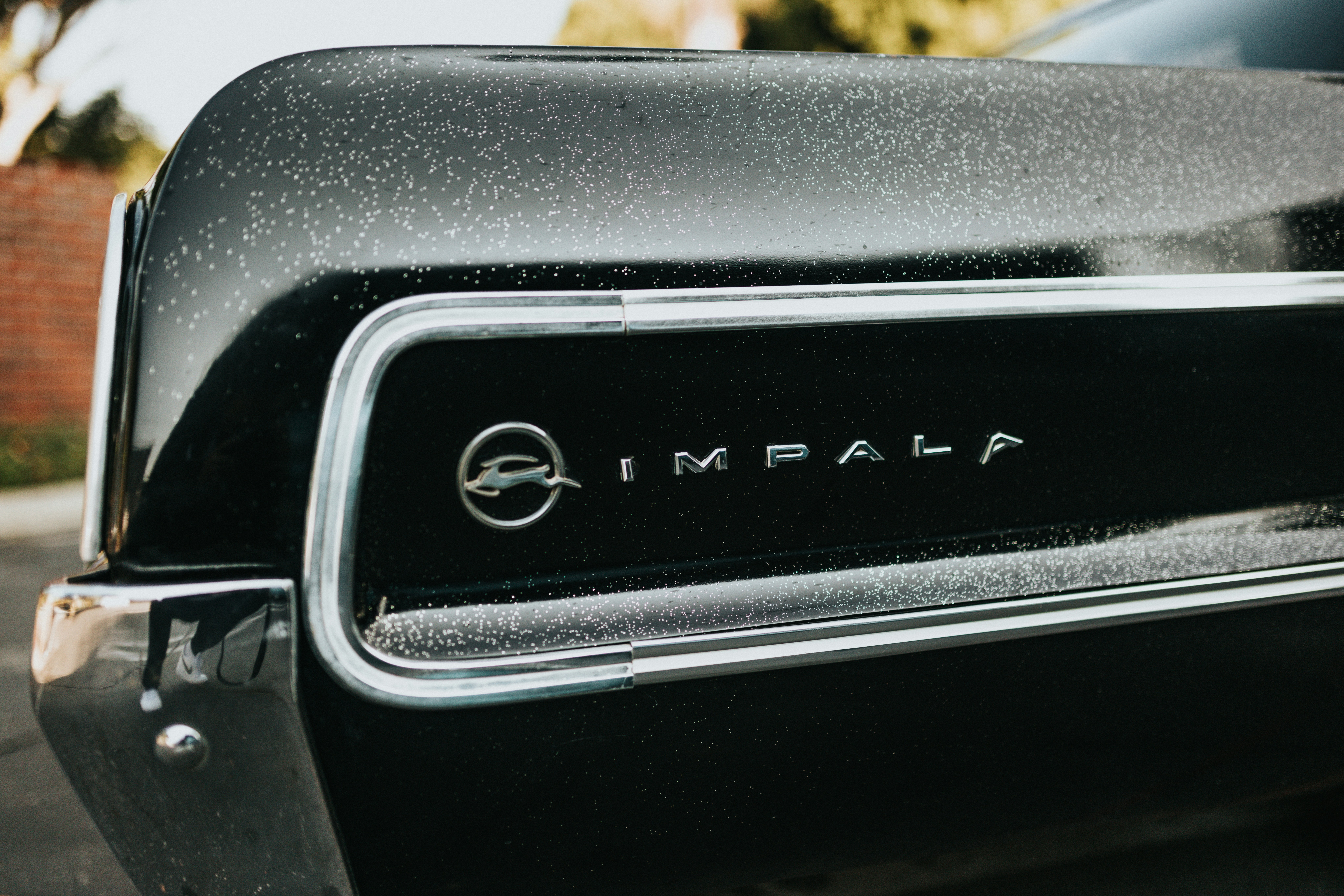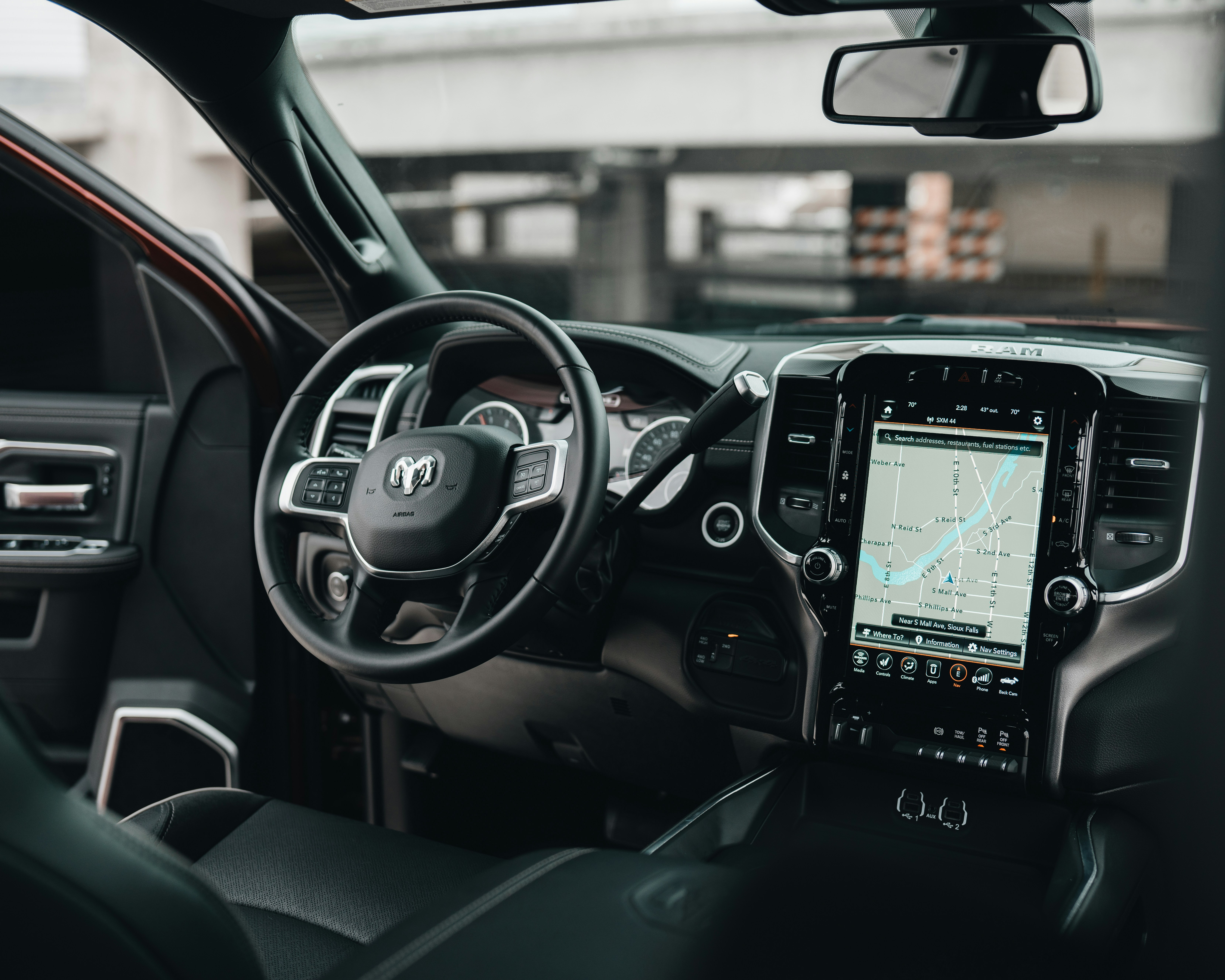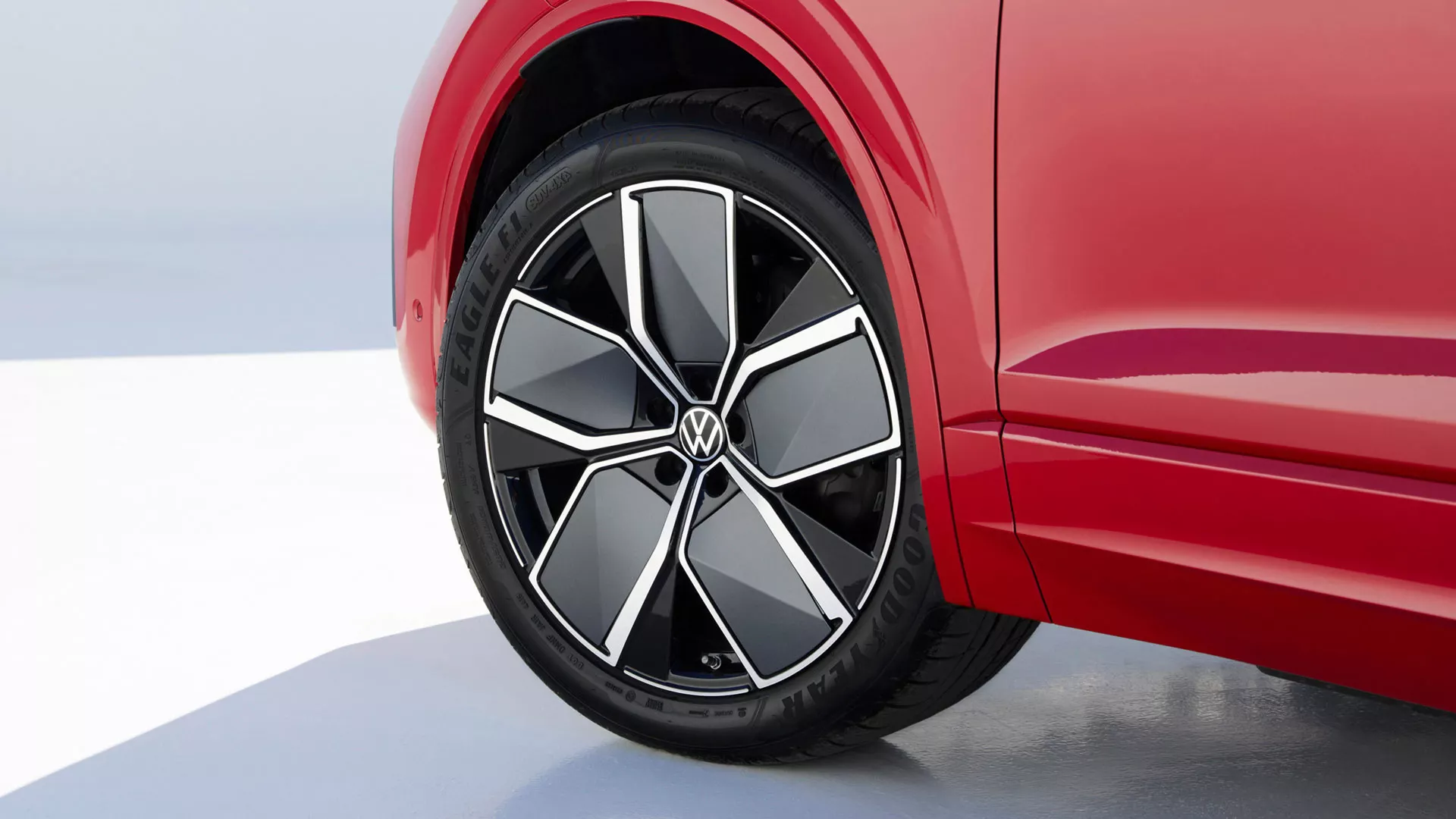Are you ready to keep your VW Touareg battery performing at its best in 2025? This guide offers hands-on tips and straightforward steps to help you navigate routine battery care, no matter the local climate challenges you face. Dive in and discover how small maintenance tweaks can lead to long-lasting battery life!

Essential Maintenance Steps for Your 2025 VW Touareg Battery
1. Monthly Voltage Checks Made Simple
You should perform a voltage test every month using a multimeter. Follow these steps:
Turn off your engine and wait for at least 15 minutes.
Connect the multimeter probes securely to the battery terminals.
Check if the reading falls within the 12.4-12.7V range.
Record your findings in a maintenance log for future reference.
This quick check helps you catch potential issues early and ensures your charging system is working as expected.
2. Terminal Cleaning in 3 Easy Steps
Keeping the battery terminals clean is key to avoiding corrosion and ensuring reliable power delivery. Here’s how you can do it:
Mix a solution with baking soda and water in a 3:1 ratio.
Use a wire brush to gently scrub away corrosion from the terminals.
Apply a thin layer of dielectric grease to protect against future buildup.
These simple steps not only improve hybrid battery care but also help maintain consistent voltage levels.
Smart Charging Practices for Modern SUVs
1. Optimal Charging Intervals
Charge your battery following these guidelines:
For hybrid models, recharge once the battery discharges by about 20%.
For combustion models, aim to keep the battery between 50% and 80% charged.
Avoid continuous trickle charging as it can wear down the battery over time.
Sticking to these intervals helps you achieve a longer battery life and better overall performance.
2. Storage Preparation Checklist
When your vehicle is not in use for over 30 days, take these actions to maintain battery health:
Duration | Maintenance Action |
|---|---|
1 month | Disconnect the negative terminal |
3 months | Use a battery maintainer device |
6 months | Carry out a full recharge cycle |
Following these guidelines ensures the battery remains robust, especially when you ever plan to drive after long intervals of inactivity.
Advanced Warning Signs to Monitor
1. Start-Stop System Behavior
Keep an eye on these indicators which might signal battery issues:
Engine cranking delays exceeding 2 seconds
Unexpected failures of the auto-stop function
The dashboard battery icon flashing intermittently
Noticing these symptoms early can prompt you to perform a charging system check and voltage test to prevent sudden breakdowns.
2. Electrical Component Issues
If you experience any of the following, it might be time for a closer battery inspection:
Dimming interior lights
Reduced responsiveness of power windows
Inconsistent performance with the infotainment system
These signs often point to minor issues that can be resolved with proper battery maintenance before escalating into major repairs.

Battery Replacement Guidelines
1. OEM vs Aftermarket Comparison
When considering a replacement, weigh your options carefully. Compare the specifications and warranties:
Factory battery:Typically priced between AED 850/SAR 850 and AED 1,200/SAR 1,200 with a 5-year warranty.
Premium alternative:Ranges from AED 600/SAR 600 to AED 900/SAR 900 with a 3-year coverage period.
Budget option:Priced from AED 400/SAR 400 to AED 550/SAR 550 with a 1-year guarantee.
These comparisons can help you decide on the best replacement based on your driving habits and budget, while ensuring complete compatibility with your vehicle's system.
2. Professional Installation Must-Dos
For a secure and efficient replacement, always consider professional assistance:
Verify that the new battery is ECU compatible with your vehicle.
Have the installation team perform a system reset after replacing the battery.
Ensure that a complete test of the charging circuit is carried out post-installation.
Professional installation minimizes the risk of errors and ensures your battery operates at peak performance.
Climate-Specific Care Strategies
1. Summer Protection Measures
In high-temperature environments, like many parts of the GCC, extra care is crucial:
Always park in shaded areas to avoid overheating.
Consider using a thermal blanket to insulate your battery during extreme heat.
Increase the frequency of your voltage checks to bi-weekly when temperatures soar.
Taking these steps protects your battery from the adverse effects of high heat and preserves its longevity.
2. Winter Morning Routine
Cold mornings can be tough on your battery. Follow these practices to ensure a smooth start:
Activate your headlights for about 30 seconds before starting the engine to warm up the battery slightly.
Turn off the climate control system before ignition to avoid an immediate high power demand.
If possible, avoid making multiple short trips (less than 2 km) as they prevent the battery from reaching an optimal operating temperature.
Adapting these routines can help you mitigate the challenges posed by colder conditions, keeping your battery performance reliable.
FAQ
Q1:How often should I perform a voltage test on my VW Touareg battery?
Performing a monthly voltage test is typically sufficient for keeping track of your battery's performance. This routine helps you notice any potential issues before they become serious problems. By using a simple multimeter and checking after the car has been off for 15 minutes, you can ensure consistent readings. The process also aids in monitoring your vehicle's overall charging system. Regular checks are especially important under the high-temperature conditions many experience in the Gulf region.
Q2:What are the first signs that my battery might need replacement?
Watch out for extended delays in the engine crank and irregular behavior in the start-stop system. If the battery icon on the dashboard flashes unexpectedly or interior lights begin dimming, these are important warning signals. Additionally, inconsistent performance in electrical components like power windows can indicate underlying issues. By addressing these signs early with a charging system check and voltage test, you can avoid further damage. This proactive approach is critical in maintaining smooth vehicle operation.
Q3:Is it necessary to use a battery maintainer during long storage periods?
Yes, when your vehicle remains unused for over 30 days, using a battery maintainer is highly beneficial. A battery maintainer helps keep the battery's charge stable, preventing deep discharge and potential damage. Disconnecting the negative terminal or following a full recharge cycle based on how long the car is idle can extend battery life. This approach is particularly useful in regions with extreme temperatures. By taking these steps, you ensure that your maintenance efforts remain consistent and effective.
Q4:How does the local climate affect VW Touareg battery maintenance?
In hot climates, batteries are more prone to heat-induced stress, which can shorten their lifespan if not properly cared for. Excessive heat may lead to faster degradation of components within the battery, making periodic voltage checks even more critical. Similarly, in colder periods, insufficient battery warm-up can compromise performance during start-up. Adjusting your maintenance routine according to seasonal changes, such as parking in shaded areas during the summer or performing a warm-up routine in the winter, is essential. This tailored approach ensures that your battery operates reliably regardless of the weather conditions.
This article is for reference only, please refer to the latest local laws and regulations.
Read More:
toyota-hiace-spare-parts-guide-smart-maintenance">2025 Toyota Hiace Spare Parts Guide:Smart Maintenance
2025 Toyota Corolla Mileage:Boost Fuel Efficiency
4 pics

Senior Writer The quest for automotive knowledge began as soon as the earliest memories. Various sources information, even questionable ones, have been explored including video games, television, magazines, or even internet forums. Still stuck in that rabbit hole.
















